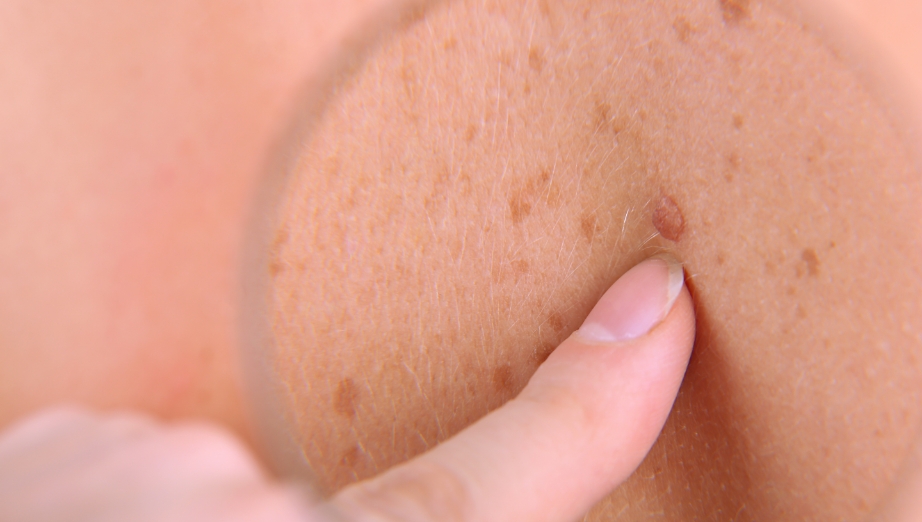Exploring Non-Surgical Options for Sun-Damaged Skin
At Shellharbour Skin, a consultation with Dr Barney Gordon provides an opportunity to discuss appropriate management options for sun-damaged or pre-cancerous skin changes.
The consultation process is designed to assess your skin, review your medical history, and determine which evidence-based approaches may be suitable for you.
Key Discussion Points in Your Consultation
- A comprehensive skin assessment to determine suitability for non-surgical options.
- An explanation of the management approaches that may be appropriate
- Understanding the process for both at-home and in-clinic processes
- A discussion about the potential skin responses and aftercare.
- Reviewing the suitability of these options for different areas, including the face and body.
- Clarifying which specific skin concerns these therapies may be appropriate for.
Management Options at a Glance
Consultations for sun-damaged skin at Shellharbour Skin may include discussions about both topical and in-clinic management approaches.
These options are considered only after a comprehensive assessment by Dr Barney Gordon, which includes a full skin cancer check. If required, a biopsy may be performed to confirm the nature of any lesions before proceeding.
During your consultation, Dr Gordon may discuss the following approaches:
- Medicated topical creams, such as Imiquimod or Fluorouracil, prescribed when clinically appropriate. These may be suitable for some cases of sun-damaged skin or pre-cancerous lesions, including actinic keratoses.
- Application schedules vary depending on the formulation and your individual management plan.
For example:
Imiquimod (Aldara) — typically applied over ≈ 6 weeks
Fluorouracil (Efudix) — typically applied over ≈ 28 days
Light-activated (Photodynamic) Therapy (PDT), performed in-clinic. This process generally involves two appointments on the same day, approximately 3 hours apart, and may be considered for certain superficial skin conditions such as solar keratoses, Bowen’s disease, or superficial basal cell carcinoma.
These management options may be discussed for:Sun-damaged skin, sunspots, solar keratosis, actinic keratosis, Bowen’s disease, and intra-epidermal squamous cell carcinoma.
Number of sessions: Varies depending on individual assessment and clinical response.
Follow-up: A review appointment is scheduled to monitor healing and treatment outcome.
Downtime: Will be discussed during your consultation, as recovery differs between individuals and treatment types.
Fees: Provided prior to treatment in accordance with informed-financial-consent requirements.

Exploring Your Non-Surgical Options
Consultations for Actinic Keratosis (using Imiquimod cream)
This management plan involves a topical cream. During your consultation, Dr Gordon will provide a prescribed schedule for frequency and duration of use based on your specific circumstances. A typical application period may extend for several weeks. An inflammatory skin response may occur during this process. The nature of this response, which may include peeling, blistering, and scabbing, will be explained before you begin, along with aftercare guidance and follow-up instructions.
Pre-cancerous Lesion Management (using Fluorouracil)
This approach involves the use of a cream prescribed by your doctor to manage areas of sun damage or certain superficial skin lesions.
After several days of application, the treated area may become red, dry, or scaly, and can form sores or crusts as the process continues.
A General Timeline of Skin Response:
- Week 1: The skin may show mild redness.
- Week 2 to 3: Redness may increase, with potential crusting and discomfort.
- Week 3 to 4: Peeling, blistering and surface changes may occur.
Some nearby skin that appears unaffected may also react, as sun-damaged skin is not always visible at the surface.
The extent of reaction varies between individuals and will be discussed during your consultation.
Light-Activated Skin Therapy Consultations (PDT)
Photodynamic Therapy (PDT) is an in-clinic option that may be considered for managing certain forms of sun damage (solar keratoses) or superficial skin cancers such as Bowen’s disease or superficial basal cell carcinoma.The process involves two appointments on the same day, approximately three hours apart. During the first appointment, a light-sensitive cream and dressing are applied to the area.
Three hours later, you will return for your second appointment, where the dressing is removed and the area is exposed to a specific wavelength of LED light, which activates the cream.Your clinician will discuss what to expect during and after the procedure, including normal short-term responses such as redness, swelling, or crusting, and provide detailed aftercare advice.
Considerations for Non-Surgical Management
- These are non-surgical approaches for certain types of sun damage and superficial skin cancers.
- Potential side effects such as temporary redness, pigment changes, or irritation will be explained before treatment..
- Home plans may involve at-home application of a prescribed topical cream under ongoing medical guidance.
The consultation process is designed to help you understand suitability, expected responses, and care requirements.
Fees are discussed and confirmed before treatment as part of the informed-financial-consent process.
Frequently Asked Questions
Do I need a skin check before we discuss these options?
Yes. A thorough skin assessment with Dr Barney Gordon is required before determining a suitable management plan.
I have already seen another doctor and have biopsy results. Can I have a consultation?
Absolutely. Please speak with our reception team, who will arrange an appointment for you to discuss your results and options with Dr Gordon.
I still have so many questions. Who should I talk to?
Booking a consultation with Dr Barney Gordon is the best place to start. During your appointment, he will assess your skin and answer all your questions.
What should I expect during the application period of a topical cream?
For all topical management plans, a significant skin reaction is an expected part of the process. The area will likely look and feel irritated. Redness, inflammation, crusting, and peeling are typical responses. While this stage might be uncomfortable, it is important that you do not stop the application without checking with your doctor first. Sun avoidance is crucial during this period, which is why we often suggest these management plans be undertaken during the cooler months.
When is the best time to undertake treatment?
Because treated skin can be more sensitive to sunlight, your clinician may suggest starting during cooler months, however, it may be best to discuss this with your treating Practitioner on the appropriate start time based on your skin type, medical history and overall plan
If you have a question, get in touch and one of our staff will be in touch shortly.




